Trailer Tales – Overland Boating Jim and I have been trailering our boat, Kismet (we are…
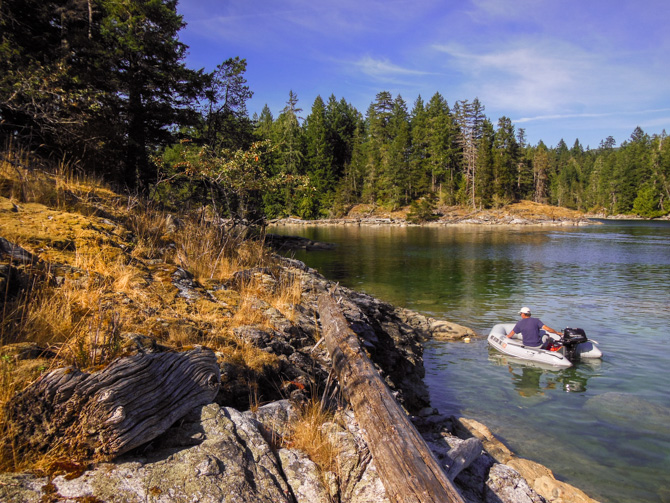
Negotiating Rapids At Hole In The Wall – Octopus Islands Marine Park, Desolation Sound
1.
Negotiating Rapids At Hole In The Wall – Octopus Islands Marine Park, Desolation Sound

After a restful time at Toba Wildernest, we departed late morning for Octopus Islands Marine Park on Quadra Island in Desolation Sound. Our departure was timed according to the tide schedule to achieve safe passage to and from the Octopus Islands area. Boaters have to properly negotiate one to three sets of rapids through narrow, shallow passages, depending on one’s chosen destination.
“Rapids?” You may ask, “How the heck does someone do this in a boat?” First of all the key is to do it properly. The tide fluctuates twice per day, up to 12 feet per cycle, but usually only 8 to 10 feet. When the tide is coming in or going out the maximum current runs up to 12 knots on the flood and 10 knots on the ebb. When the water is running either way hard rapids are created because there is simply too much water being forced through tapered, shallow, channels. When the flow slows, close to the tidal swing, the current subsequently eases up; the rapids subside and become safe to transit at what is called “slack tide.” This period of time happens twice a day – arrivals and departures to these islands are best timed by nature’s clock. We’ve encountered several rapids during our time cruising in Desolation Sound and British Columbia due to the mountainous topography and huge tidal swings.



To get to Octopus Islands, and our selected anchorage, we had to transit a channel called “Hole In The Wall.”
The two photos above show the channel after we finished going through it. We timed our morning departure so we’d arrive at the east end of Hole In The Wall 30 minutes before slack tide, so we never got to see the rapids in full force, and we’re glad of it. As it was the still active current could be felt pushing Kismet around as we worked our way through the many eddies that had not quite settled down. Lucky for us we have enough engine horsepower to power through stronger currents and eddies at slightly less than slack tide. I’d guess the current was running about 3 knots when we transited the pass, just enough to be exciting but not enough to be dangerous. After we passed through the rapids we soon entered Small Inlet and arrived at our chosen anchorage spot in the heart of the Octopus Islands.
There are several areas to anchor in the Octopus Islands, we choose a smaller cover with only a few boats already anchored. We could look out into the larger cover (above) from our anchorage. Then there were a few even smaller coves like the one below that only a couple of boats could anchor in.

We saw some mammoth sea kelp (above) around the islands here, the biggest we’ve seen anywhere so far.



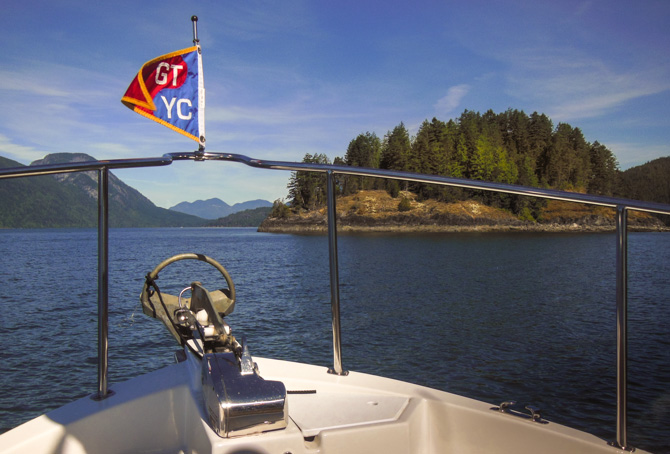
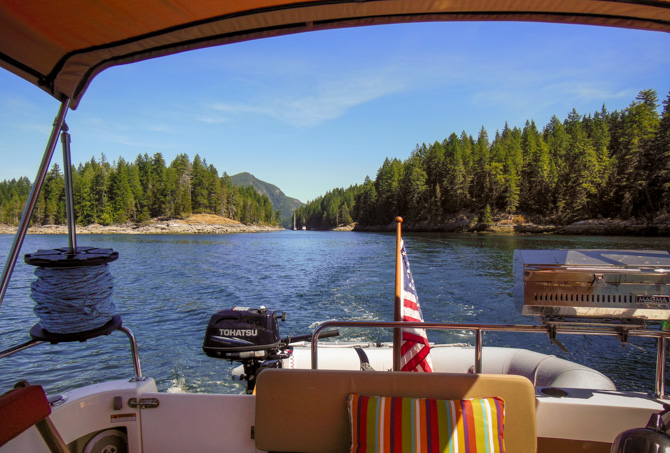
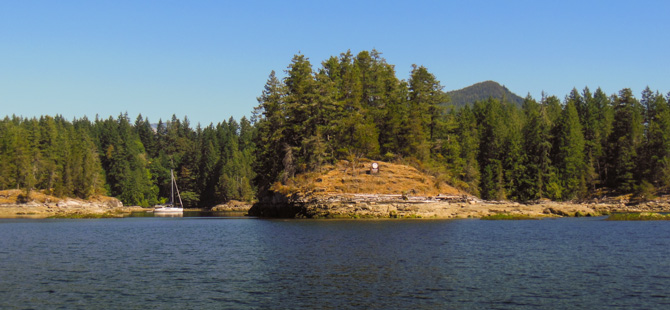
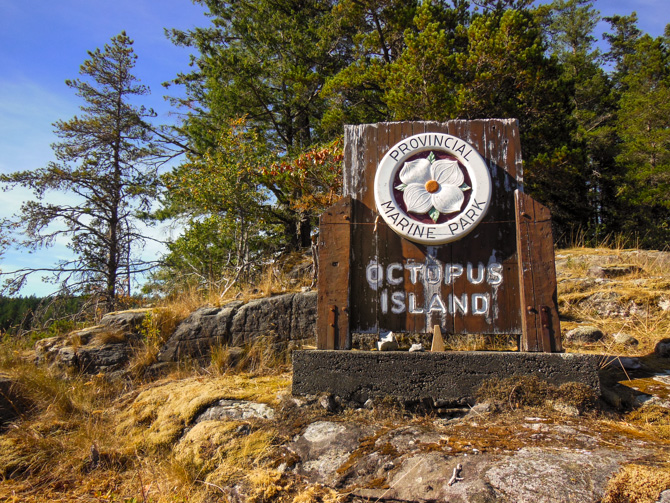
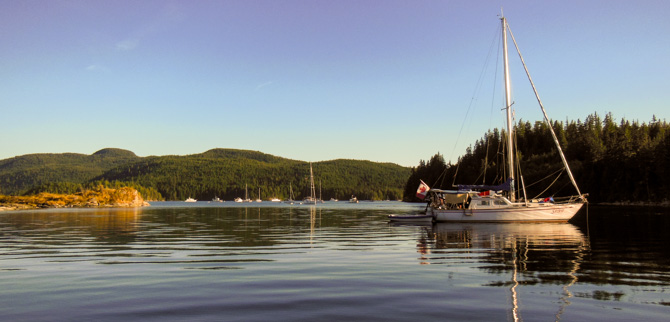
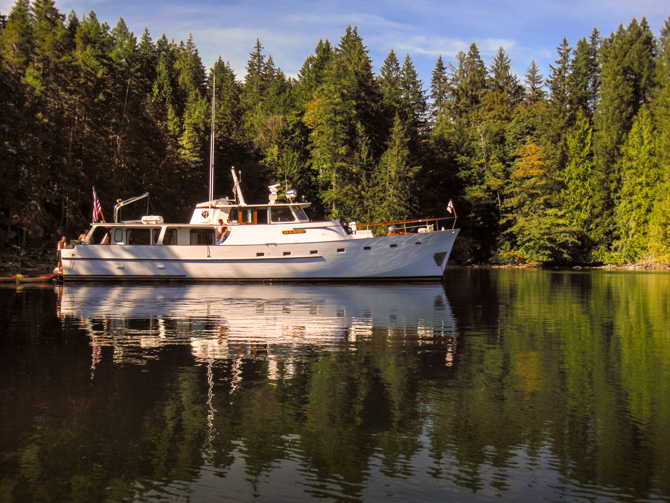
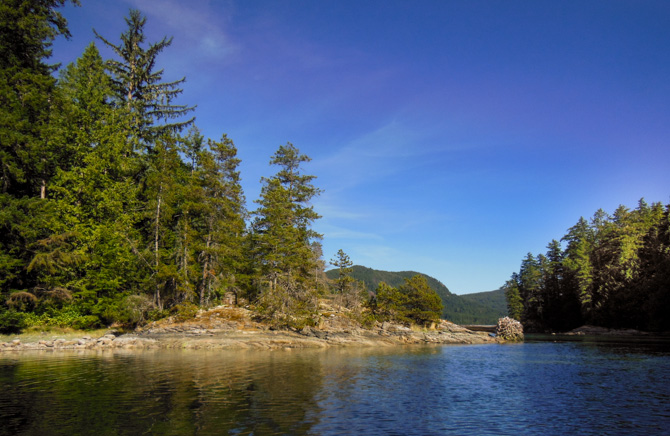
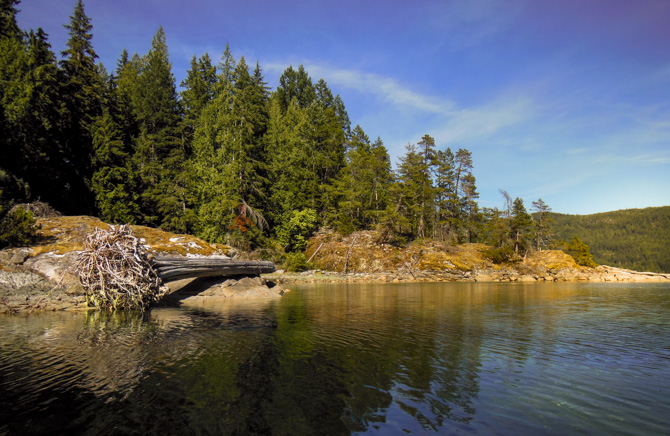
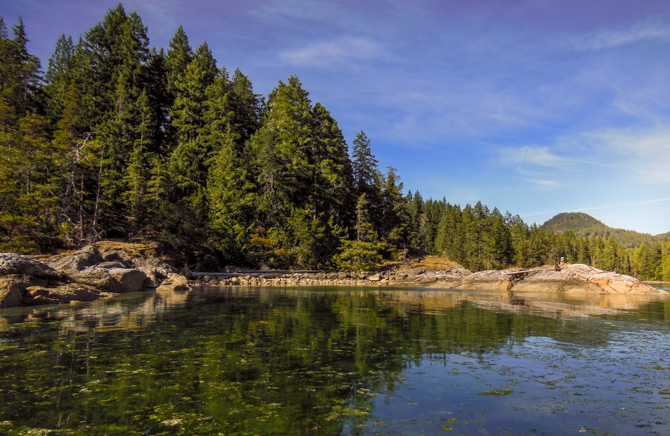
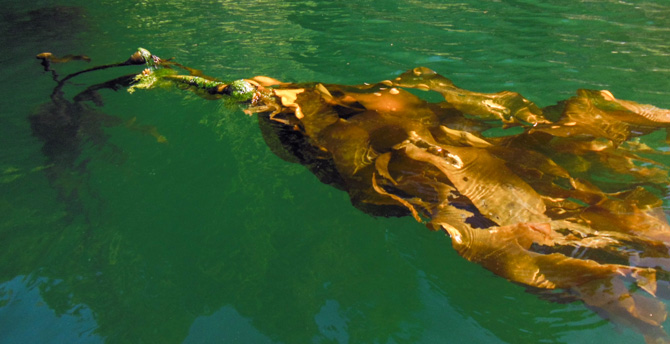
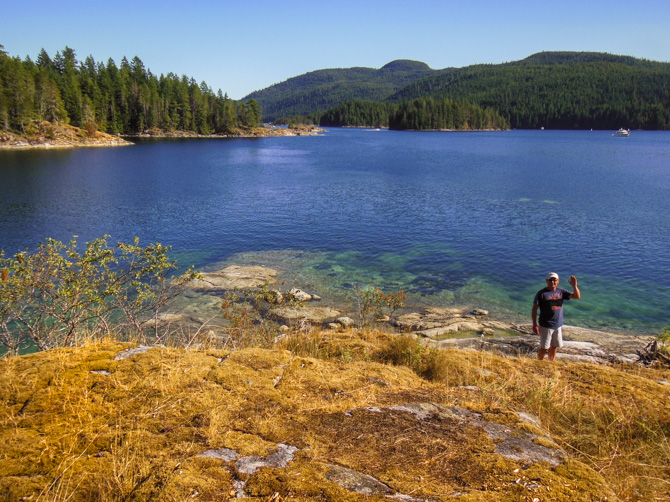

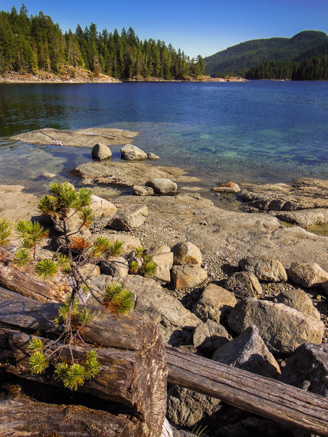
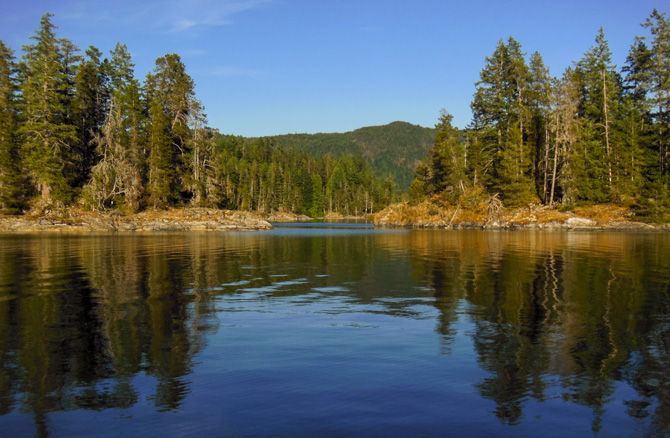
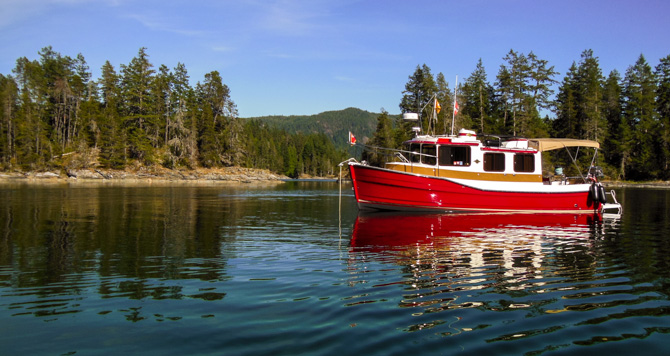
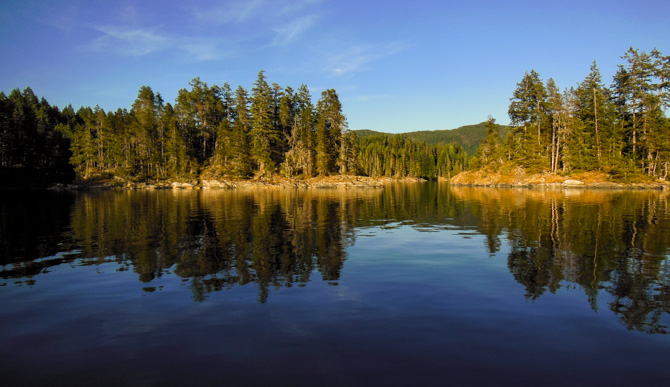
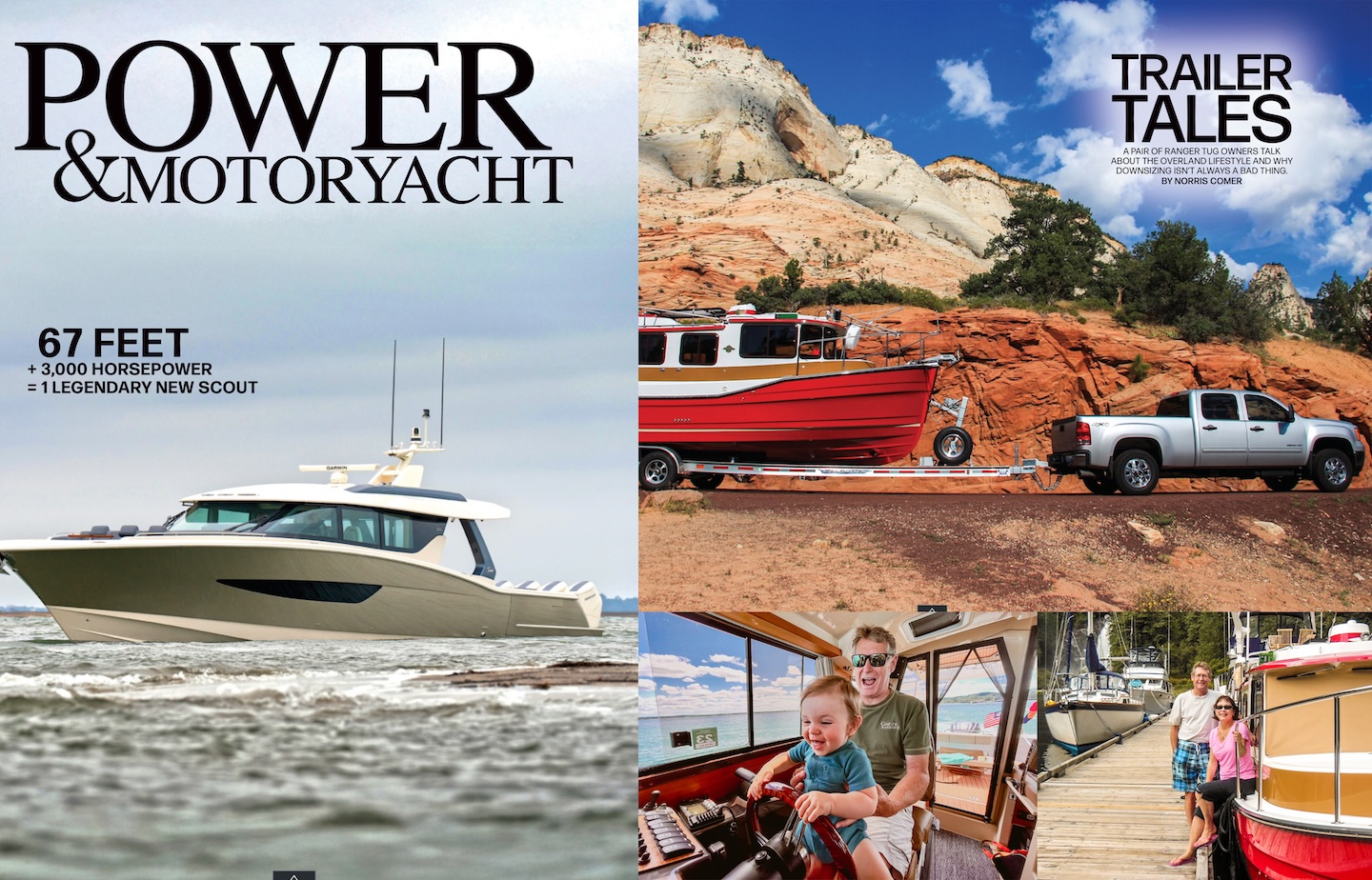
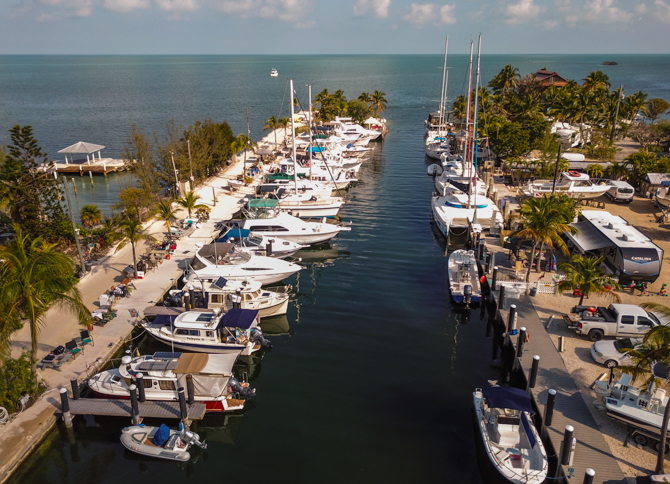
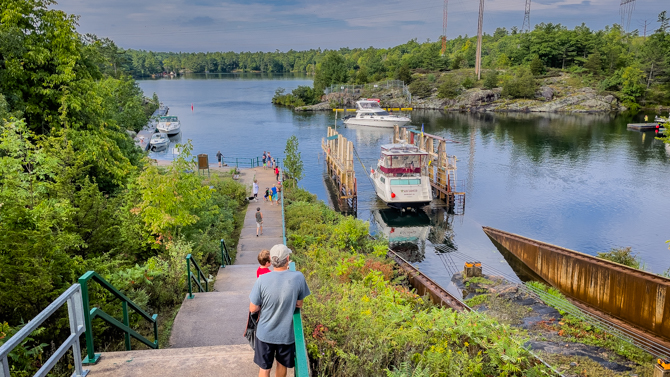
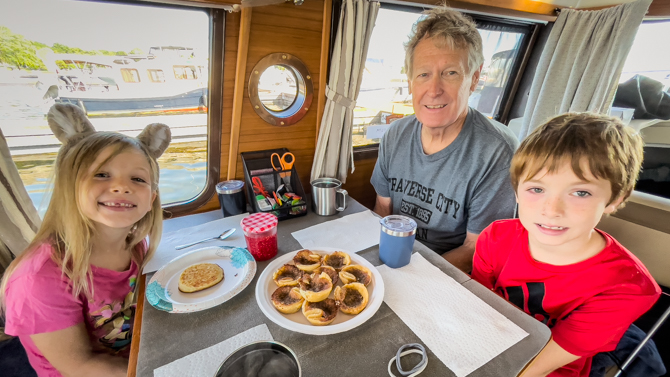
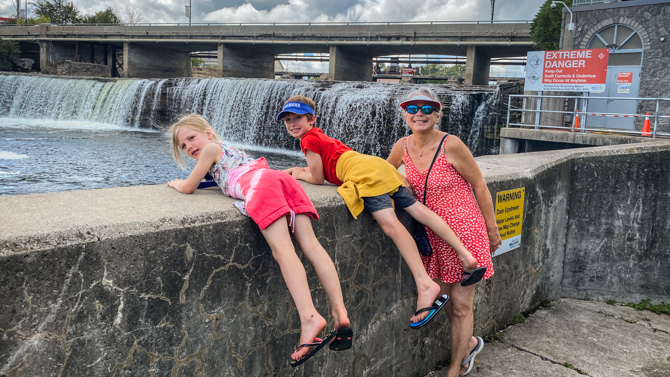
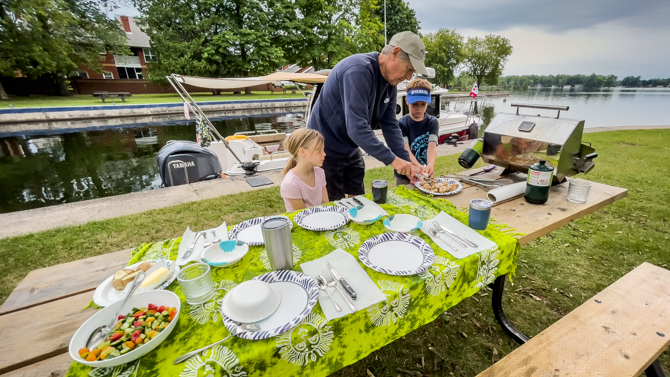
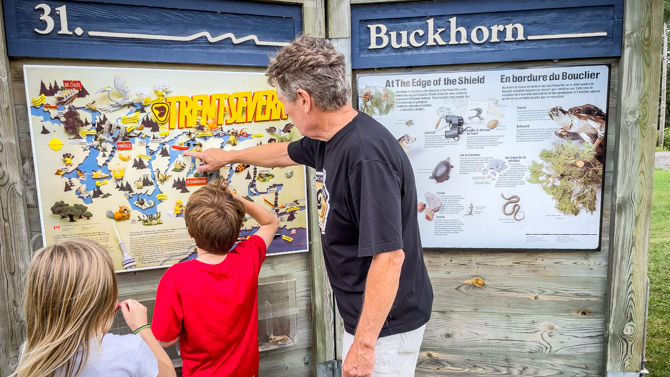
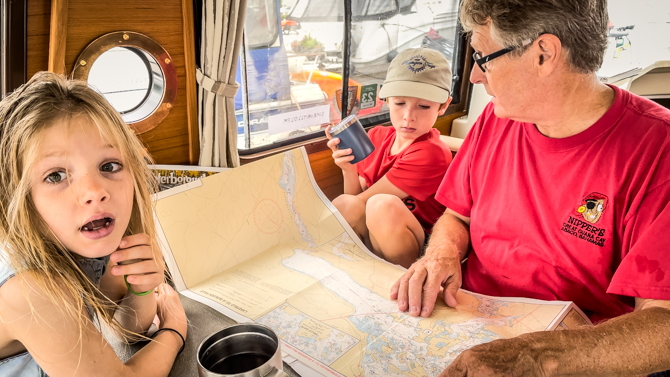
RT @tt_life: Negotiating Rapids At Hole In The Wall – Octopus Islands Marine Park, Desolation Sound:
After … http://t.co/tb2MaupdzF